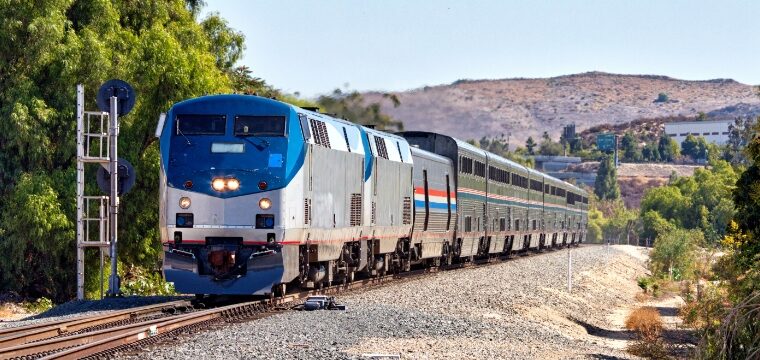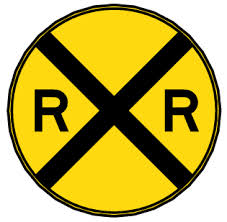We often think of trains as a much safer alternative to driving. While that’s generally true, train accidents are an unfortunate, everyday occurrence. The Federal Railroad Administration estimates that a person or vehicle is struck by a train almost every two hours in the United States. And because trains are so large, the injuries they cause are often fatal. Today, we’re sharing some data and information about train crashes, so you and your family can stay aware on the road.
What Causes Train Accidents?
In theory, trains should be perfectly safe. They run on tracks at highly regulated speeds and train crossing barriers should prevent vehicles from entering the tracks while they are in motion. In reality, there are several human, manufacturing or technical errors that could lead to a collision.
Here are some of the most common causes of train crashes:
- Mechanical Failure. A failure in the braking system could lead to a crash.
- Unprotected Train Crossings. Many small towns don’t have protective barriers around train crossings and rely on flashing signs.
- Train Crossing Malfunction. In some cases, a mechanical issue may prevent the crossing arms from lowering.
- Train Derailments. Issues with the tracks may cause a train to derail and cause significant injuries to passengers and bystanders.
- Poor Visibility Around Crossing. Brush, debris or overgrown trees could make it difficult to spot an oncoming train.
Train Accident Statistics
We share these statistics not to frighten you, but to educate you. Train crashes are highly dangerous and we believe sharing this information will increase your awareness as a driver, passenger or pedestrian.
Here are a few statistics collected from the National Safety Council and Federal Railroad Administration.
- In 2019, 7,867 people were injured from railroad accidents.
- In 2019, there were 907 reported deaths from railroad accidents.
- Only about 10% of railroad-related injuries occur at crossings.
- Around 80% of U.S. railroad crossings have inadequate signs and signals.
What to Do After a Train Crash
If you ever become a victim of a train accident, you may be left wondering who is at fault. This will depend on the specific circumstances of your accident. Depending on the situation, the blame could lie with the railroad company, the manufacturer of a specific part or even the railcar operator. In any case, we recommend consulting a dedicated train crash attorney to review your case and determine the right legal strategy.
For more train safety information, browse the Casey Devoti Brockland blog.









